Easter Eggs’ Curious Traditions From Around The World, From Poland to Argentina
Some people make giant ones, some paint them, some hide them for children to find, and some have an omelette competition with them: these are some of the most curious traditions with which various parts of the world use eggs to celebrate Easter.
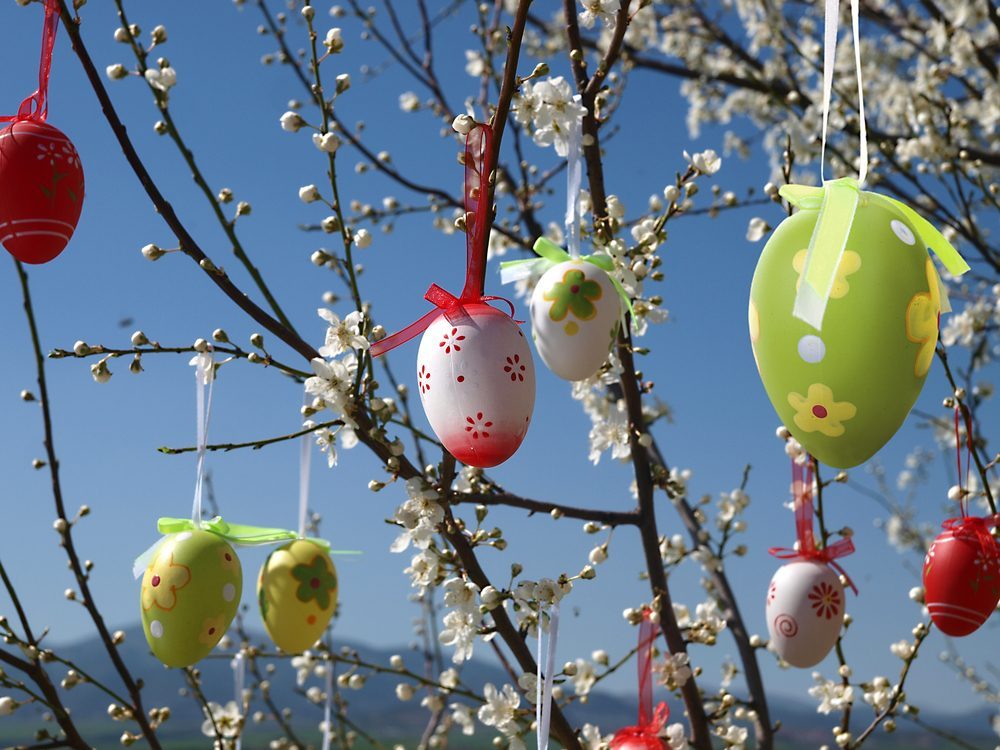;Resize,width=742;)
Easter eggs are an essential symbol for the Christian holiday, which however has its origins much further back. The Easter holiday, in fact, is the announcement of spring, a symbol of rebirth, and the egg represents all of this. In the U.S., Easter egg traditions include hunts for candy-filled eggs, decorating hard-boiled eggs, and fun games like egg rolling and tossing. Families often exchange Easter baskets filled with egg-shaped treats, while eggs symbolize new life and resurrection, adding a festive and meaningful touch to the holiday. But around the world there are many ways in which eggs become protagonists of the Easter holidays: here are the funniest traditions that link Easter to eggs.
1. The Egg Hunt – England
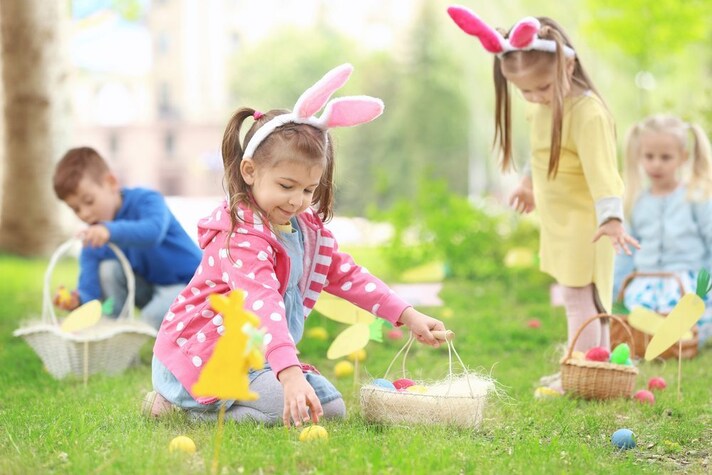
One of the most famous traditions is the English Easter Egg Hunt, a real treasure hunt where prizes are won by finding hidden eggs. Now widespread in other European countries, the egg hunt in England remains much loved and eagerly awaited by adults and children alike. Even today, as in the Victorian era when the tradition was created by the Cadbury company, people search for hidden eggs in parks and gardens, to be brought to people dressed as rabbits who, in exchange for the egg found, give the participant a surprise.
2. The White House Easter Egg Roll – U.S.
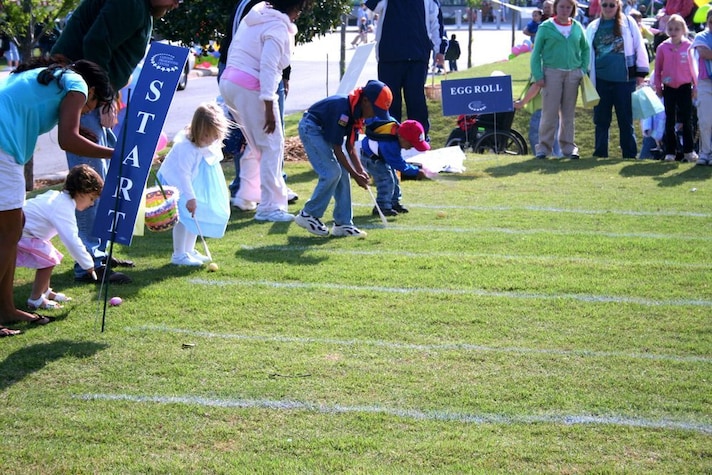
Clearly of English origin, the White House Easter Egg Roll has become a true Easter tradition. It is a game invented in 1878 by President Rutherford B. Hayes, who opened the White House park to allow children to play by rolling eggs on the grass. Hence the current game: slide the eggs on the lawn, for as long as possible and without breaking them. The winner receives prizes from the Easter bunnies, who in this case are played by illustrious personalities.
3. Easter Trees – Germany
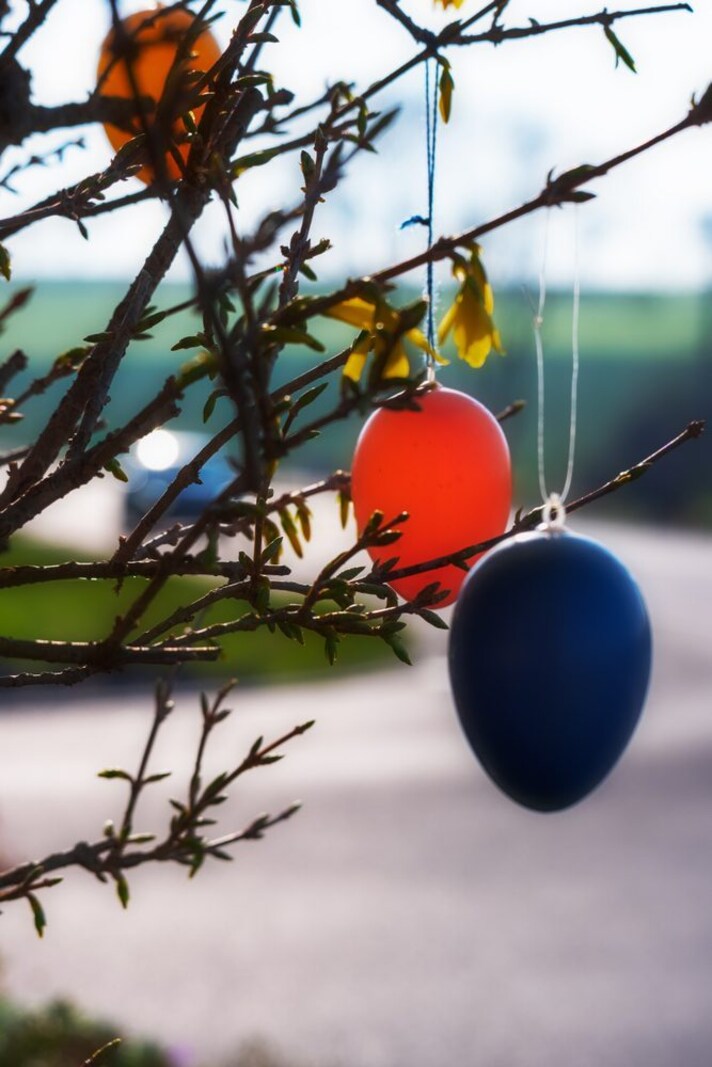
We all know about Christmas trees, but did you know that there are also Easter trees? Many Northern European countries have this tradition, but it seems that Germany was the first to invent it. In fact, the noble families of the late eighteenth century were the first to decorate their homes with osterstrauch, trees decorated with colored eggs, ribbons and other decorations. A symbol of the renewal of life, and the rebirth of nature in spring.
4. The Basket of Painted Eggs – Poland
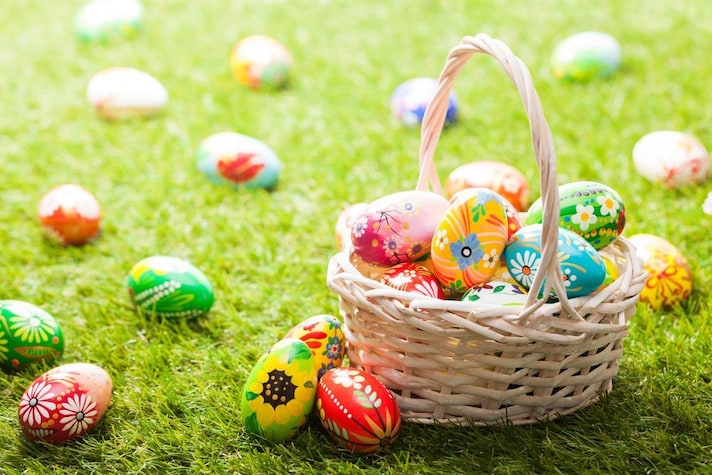
The tradition of painted eggs is widespread in Eastern Europe, and one of the countries that carries it forward with the greatest pride is Poland. Here the eggs are called pisanki, and they are true masterpieces: they are simple hard-boiled chicken eggs, but painted in such a refined way that they become works of art. An ancient document attests that the tradition has been going on since the 13th century, using techniques such as wax, or natural dyes, to create very delicate paintings. The eggs are then used to fill the Easter basket, filled with other delicacies and taken to church to be blessed.
5. Decorated Eggshells – Romania

In Romania, eggs are also painted, but in a slightly different way than in Poland. In this case, in fact, they are purely decorative works that are not eaten. For this reason, the first step is to empty the egg of its contents: only the shells will be decorated. A special marker and beeswax are used, so that when the egg is dipped in the dye, the drawings remain clean, representing vegetal, religious, geometric and zoomorphic motifs. The result is true works of art, to which the Vama egg museum is also dedicated , where more than 3,000 examples of decorated eggs are exhibited.
6. The Red Eggs of Ischia – Italy

Even in some regions of Italy they keep alive the tradition of colored eggs for Easter. In particular, Ischia is famous for its red painted eggs, a very ancient custom that dates back to the tradition of the ancient Greeks who colonized the island. During the Easter holidays every corner of the town is filled with colored eggs, painted red using the root of a plant called madder: it is crushed and then placed in layers in a pot together with the eggs, covered with cold water and left to boil for a maximum of 10 minutes. The result is spectacular, and sometimes it also shows off small decorations obtained with a four-leaf clover tied in a nylon stocking and applied to the egg during the coloring phase.
7. The Giant Egg – Argentina
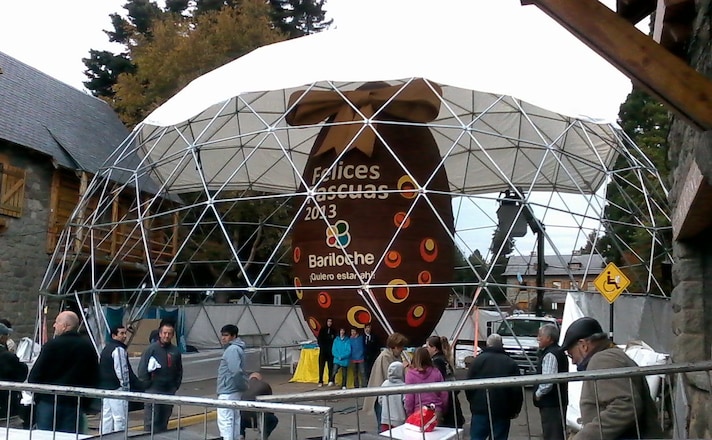
In Latin America, holidays are always experienced with great passion, and Easter is no exception. In particular, in Argentina, the traditional preparation of a giant chocolate egg is very popular. It is made in Bariloche, worked by 70 professional pastry chefs who collect the chocolate donated by people to create an enormous egg of 8 thousand kg and about 10 meters high. A spectacular and delicious work.
8. Egg Confetti – Mexico

Another Easter tradition from South America is cheerful and colorful, just like the Mexicans: los cascarones, or throwing confetti stored in shells emptied of their natural content, and filled with colored confetti. The shell is in turn wrapped in sheets of colorful tissue paper, and the fun of the party is breaking them on the heads of friends and relatives as a sign of good luck.
9. Egg Pounding – Switzerland
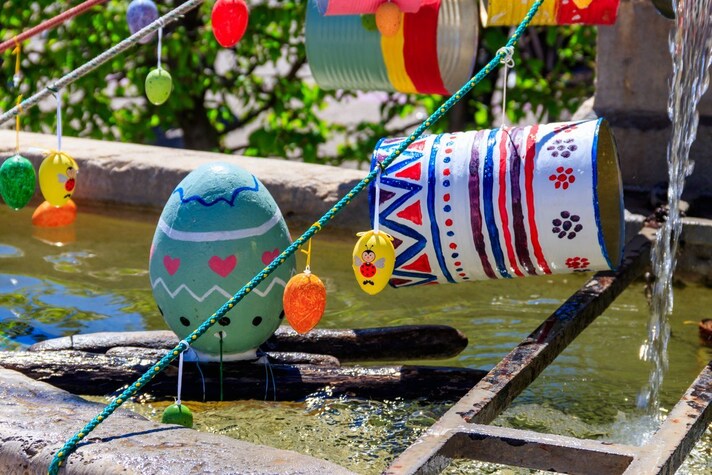
In Switzerland, the tradition of eggs is very special. While in the country, in general, the classic treasure hunt takes place, the rabbit that brings chocolate and surprises and the chocolate sculptures, in German-speaking Switzerland the eierütschen takes place. It is the egg-beating, a home challenge in which you have to break the opponents' eggs using only the tip of a hard-boiled egg.
10. The World's Largest Easter Omelette – France
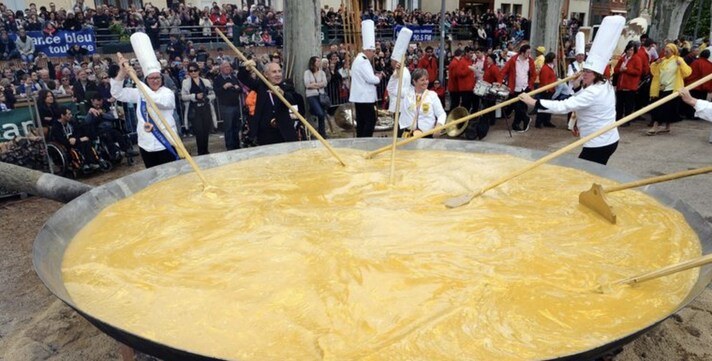
Easter in France has a truly unique tradition: giant omelettes. In some regions of the South West, in fact, on Easter Monday a real competition takes place to see who can make the biggest omelette. One of the villages most tied to this tradition, which seems to have been introduced by Napoleon, is Haux: in the main square a gigantic omelette is prepared that can feed around 1,000 people. Between 5,000 and 10,000 eggs are used to make it.
;Resize,width=767;)
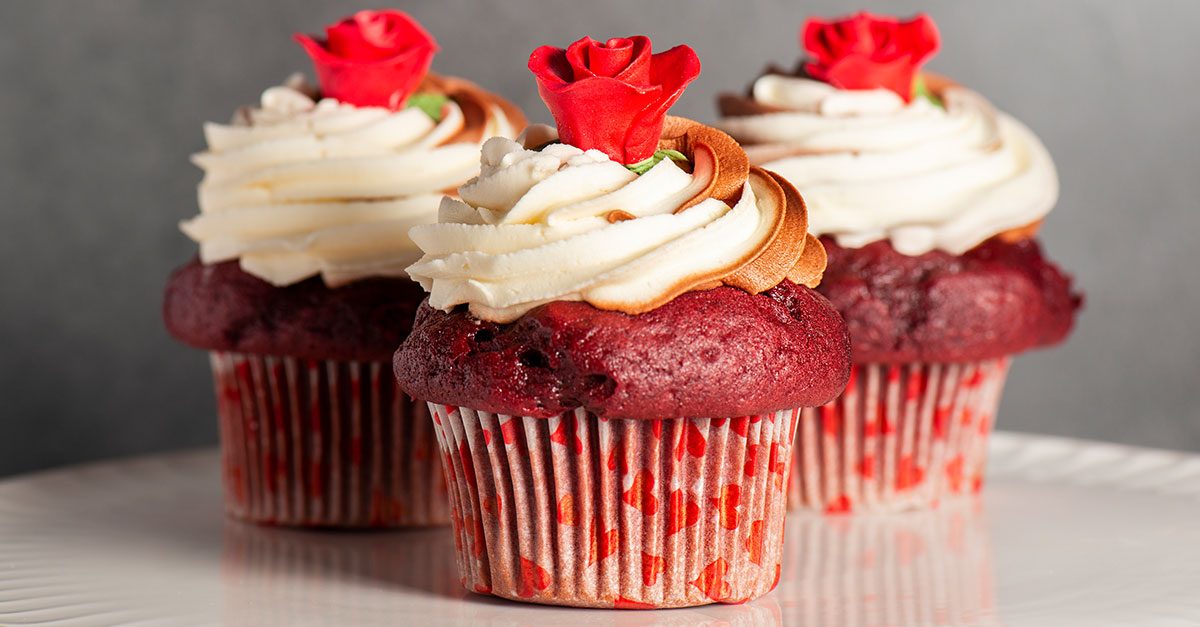;Resize,width=712;)
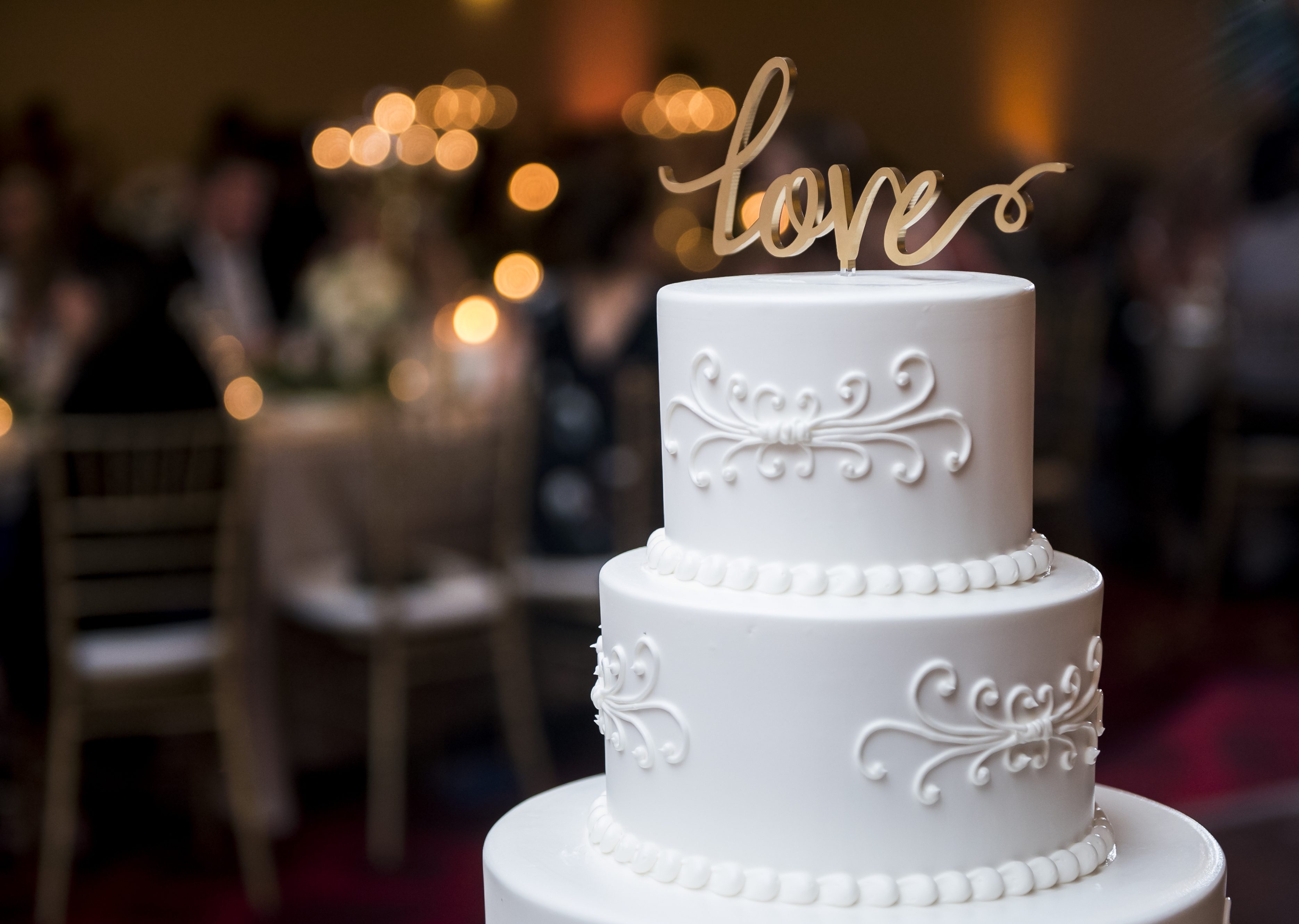;Resize,width=712;)

